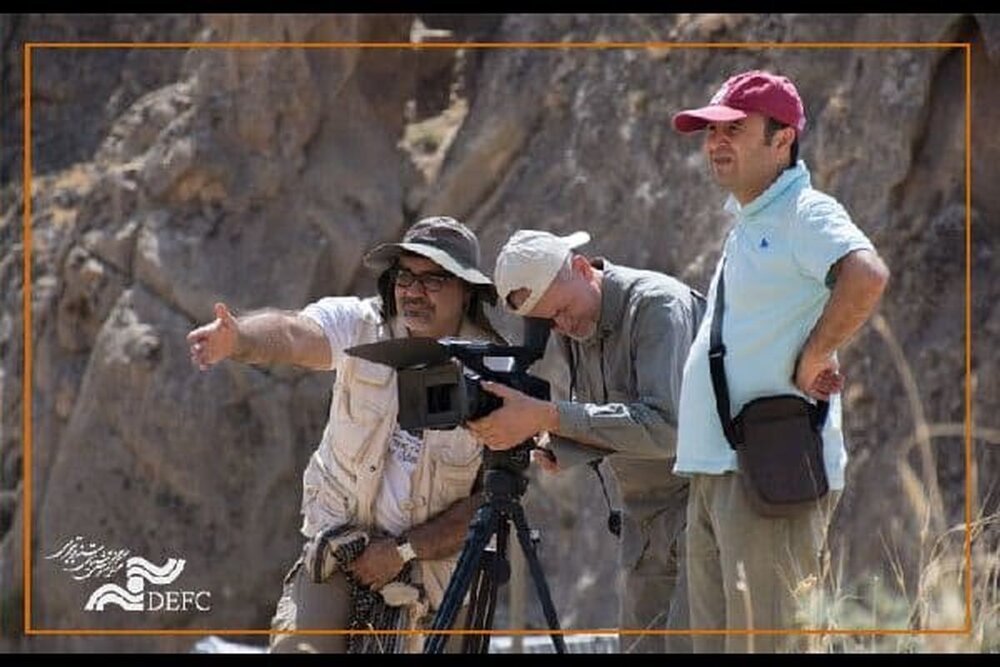Documentary to unravel fascinating secrets of Iron Age site in western Iran

TEHRAN – Iranian filmmaker Keyvan Tabatabaei-Samimi has made a documentary on Ganj Dareh, which was once an Iron Age settlement in western Iran. The site is also one of the cradles of agriculture and livestock domestication in West Asia.
Titled “Ganj Dareh”, the film takes a behind-the-scenes look at one of the most important archaeological discoveries in the country, jointly conducted by Iranian, Danish teams of cultural heritage experts.
In 2019, Iranian and Danish archaeologists and cultural heritage experts discovered new traces of Iron Age occupation in a prehistorical cave during a follow-up archaeology season carried out based on an agreement previously signed between the Razi University of Kermanshah and the University of Copenhagen.
Supervised by Iran’s Research Institute of Cultural Heritage & Tourism, the project was co-led by Iranian archaeologist Hojjat Darabi and Professor Tobias Richter from the Department of Cross-Cultural and Regional Studies at the University of Copenhagen.
Discoveries were made in Mar-Gurgalan [Sarab] cave that, according to Darabi, was inhabited some 50,000 years ago. “Preliminary results indicate that the cave was inhabited about 50,000 years ago and appears to be used both by the Neanderthals for residing and hunting and by the early Homo sapiens,” Darabi explained.
The cave was previously excavated by Danish archaeologists in the early 1970s, however, the excavations were renewed using new scientific methods, he added. The team managed to collect new evidence concerning how sedentism and agriculture [domestication of plants and animals] started in the region, which is situated in the central Zagros mountain range.
Prof. Ezatollah Negahban (1926 – 2009), who was an Iranian archaeologist known as the father of Iranian modern archaeology, believed that caves and rock shelters were particularly attractive living places for the hunter-gatherers of the early Paleolithic period and the geographic situation of the Iranian Plateau with its bordering mountain systems including the Zagros range on the west and the Alborz range on the north has meant that there were many cave sites which would have been suitable for an early cave-dwelling man.
In general, the Zagros highlands have been subject to more Stone Age research and investigation than have the Alborz Mountains, and therefore a more detailed picture of early cave-dwelling life has been developed for the Zagros region where traces of cave dwellers from the Lower Paleolithic to the Middle Paleolithic, Upper Paleolithic, and Epipaleolithic periods have been found. Although other parts of Persia have been less investigated than the Zagros highlands, traces of cave dwellers have also been found at sites scattered throughout the Iranian Plateau and in the lowlands.
AFM/
Leave a Comment